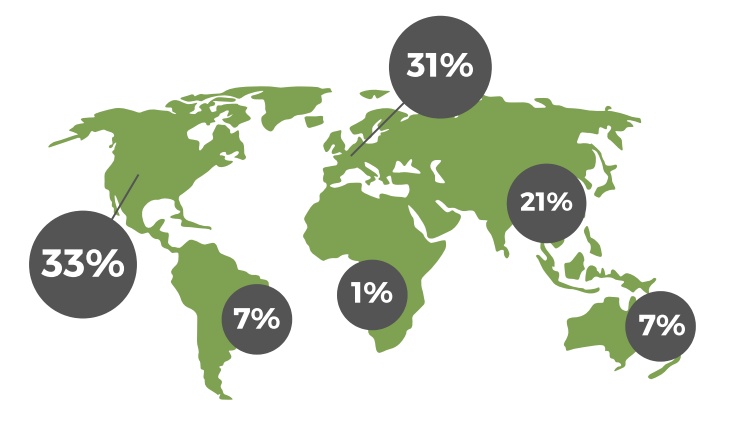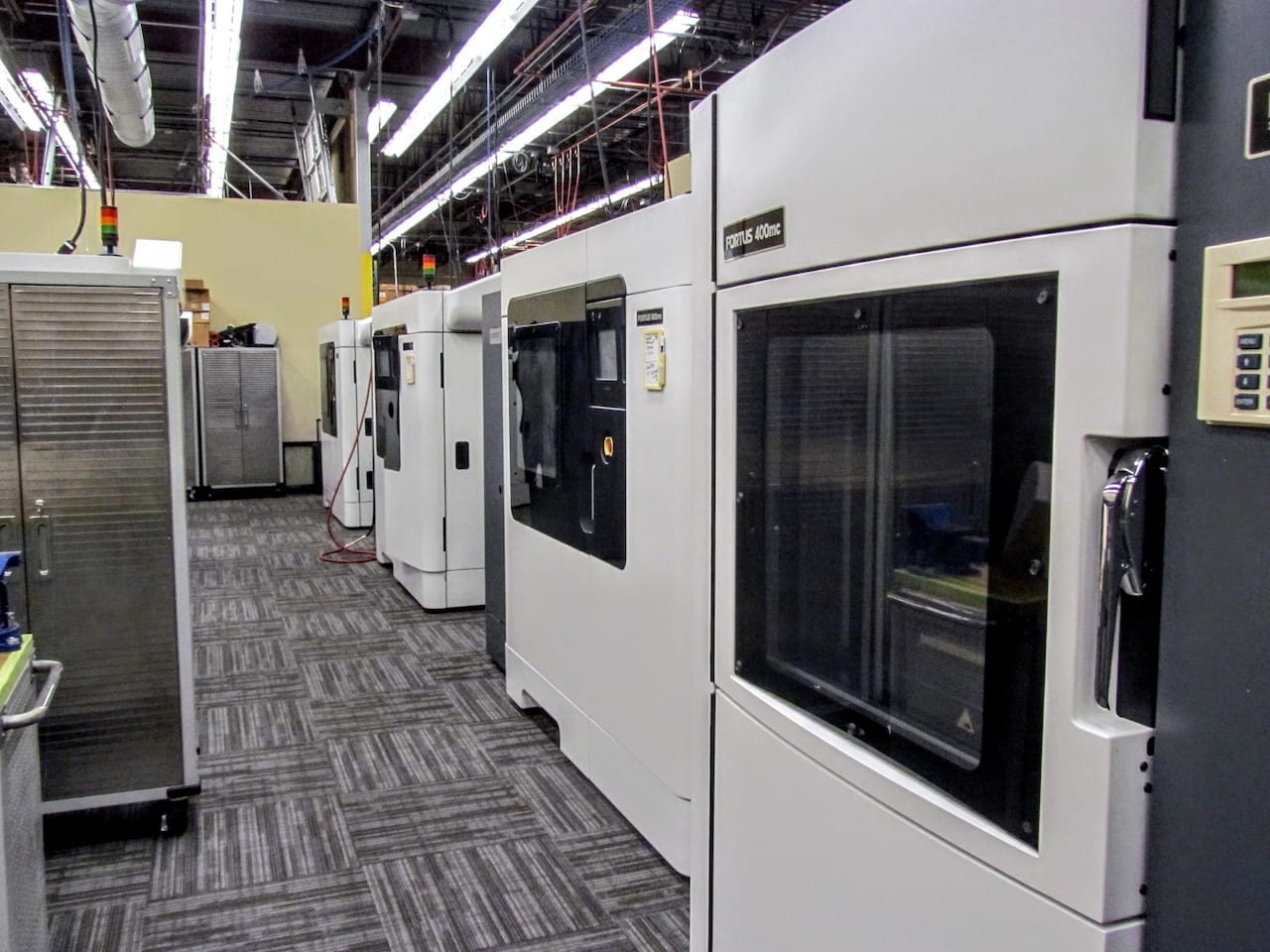![Global talent distribution in the 3D printing industry [Image: ADG]](https://fabbaloo.com/wp-content/uploads/2020/05/ADGTalentDistribution2018_img_5eb09bb2b3170.png)
Alexander Daniels Global’s third annual Additive Manufacturing Salary Survey is available.
We love a good industry survey.
Awareness of the who behind the what is invaluable. That’s why every year we check in on our own community, and share those results; understanding who we’re talking to helps us to have a better conversation. Surveys within the industry itself are full of poignant findings, and we also encourage participation in these.
Alexander Daniels Global (ADG) is specifically focused on the people of the industry. That is, the personnel. The company is a recruitment specialist for additive manufacturing (AM), working with 3D printing businesses and staffs around the world.
The nearly four-year-old company recently released its third Salary Survey to examine “additive manufacturing specific trends, salary, hiring intentions, and in-demand skills and roles.” Published results are based on responses “from AM employers and more than 5,000 AM professionals across machinery OEM’s, material companies, software companies, and industrial companies adopting additive manufacturing.”
Drawing upon direct feedback from these thousands of professionals as well as released findings from Sculpteo’s latest State of 3D Printing report as well as the 2018 Wohlers Report, the Salary Survey is well positioned to create a trustworthy shape of additive manufacturing.
Understanding the dynamics at play — who’s being hired where for what position, why they might move to another position, where the need is greatest for more talent — provides a fuller picture of what’s happening in 3D printing today.
ADG examines several different disciplines within the broad scope of additive manufacturing, looking into regional and seniority-driven trends in:
-
R&D and Engineering
-
Sales
-
Service
-
Applications & Consulting
-
Marketing
-
Software
“The industry is ever evolving and new companies and technologies spring up every day, demanding more and more personnel to help the businesses expand their AM divisions and overgo competitors. This has, over the years, resulted in an immense pressure on the AM talent pool, and there is a severe gap between the talent demand from employers and the talent supply, i.e. the number of available professionals,” ADG’s Social Media & Marketing Manager, Signe Damgaard, explains.
The talent gap is well known as one of the barriers facing additive manufacturing today. Getting past that as a generality and digging into where the gap is and what it actually looks like can paint a more useful picture for companies hoping to fill their own gaps.
To quantify that talent gap, Damgaard goes on to say:
“According to Alexander Daniels Global, there are only 12 active candidates, globally, for every AM job advertised. The study goes on arguing that even though this number may seem high, it really is not, when you take into account those 12 people could be based anywhere in the World and be from any discipline. Considering these factors, the actual relevant active talent pool per job is far smaller, maybe even as low as 1 or 2 relevant active candidates per role, but even still, they are unlikely to be based in the same location as the job being advertised.”
Overall, the intent of the report is to both “make the industry more transparent” and “provide both AM professionals and AM employers with a guideline for proper remuneration.” (Salary, fairly unsurprisingly, proved to be the most-often-cited motivation for professionals moving on to a new job, ahead of career progression and new challenges.)
So how does pay in additive manufacturing compare?
A large majority of respondents (83%) said that AM salaries are at least similar to those in other industries, with nearly half of that majority (37% of the total) calling salaries in AM “competitive or very competitive” when compared with similar industries. Growth of these salaries is also comparable to other increases in traditional manufacturing, at an average of 3.9%. The largest gains in salary (in the US) were in sales (14.5%) and software (11.9%), with these figures excluding C-level positions.
Also included within the scope of the report are more region- and position-focused data, roles in demand, stats on why people want to change jobs, what makes an employer appealing for a potential employee, and exploration of the talent shortage.
![2018 Additive Manufacturing Salary Survey employment trends [Image: ADG]](https://fabbaloo.com/wp-content/uploads/2020/05/ADGSalarySurvey2018_img_5eb09bb3157ae.png)
Drawn from data of those currently working in AM, the report also presents a breakdown of experience, from under two years to more than 10 years, and a look at gender distribution. On the experience side, the largest segment (42%) of employees have been in AM for between two and five years. This section is a fairly regular distribution, looking generally like a typical bell curve. Unfortunately, the 2018 findings showed a drop in women as a percentage of the total, with the latest results showing 11% female and 89% male employees. (The 2017 report showed 13% female.) Presumably the drop is in percentage alone due to a growing industry, rather than a drop in actual numbers.
The Salary Survey is a relevant and helpful report to look into the shape of those shaping additive manufacturing. HR managers, growing companies, and large players alike will find value in the findings, as the experienced team at ADG digs into how to both attract and retain talent. Employees may find the actual salary ranges cited (for EMEA, APAC, and US) in minimum, average, and maximum figures at various levels of experience/seniority, to see how their employer or new offer compares.
I also find the report a valuable reference in writing my own Diversity for Additive Manufacturing report for Women in 3D Printing, with the next edition to be released very soon.
ADG provides the Salary Survey as a free download, and it is well worth the read.











